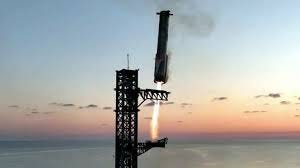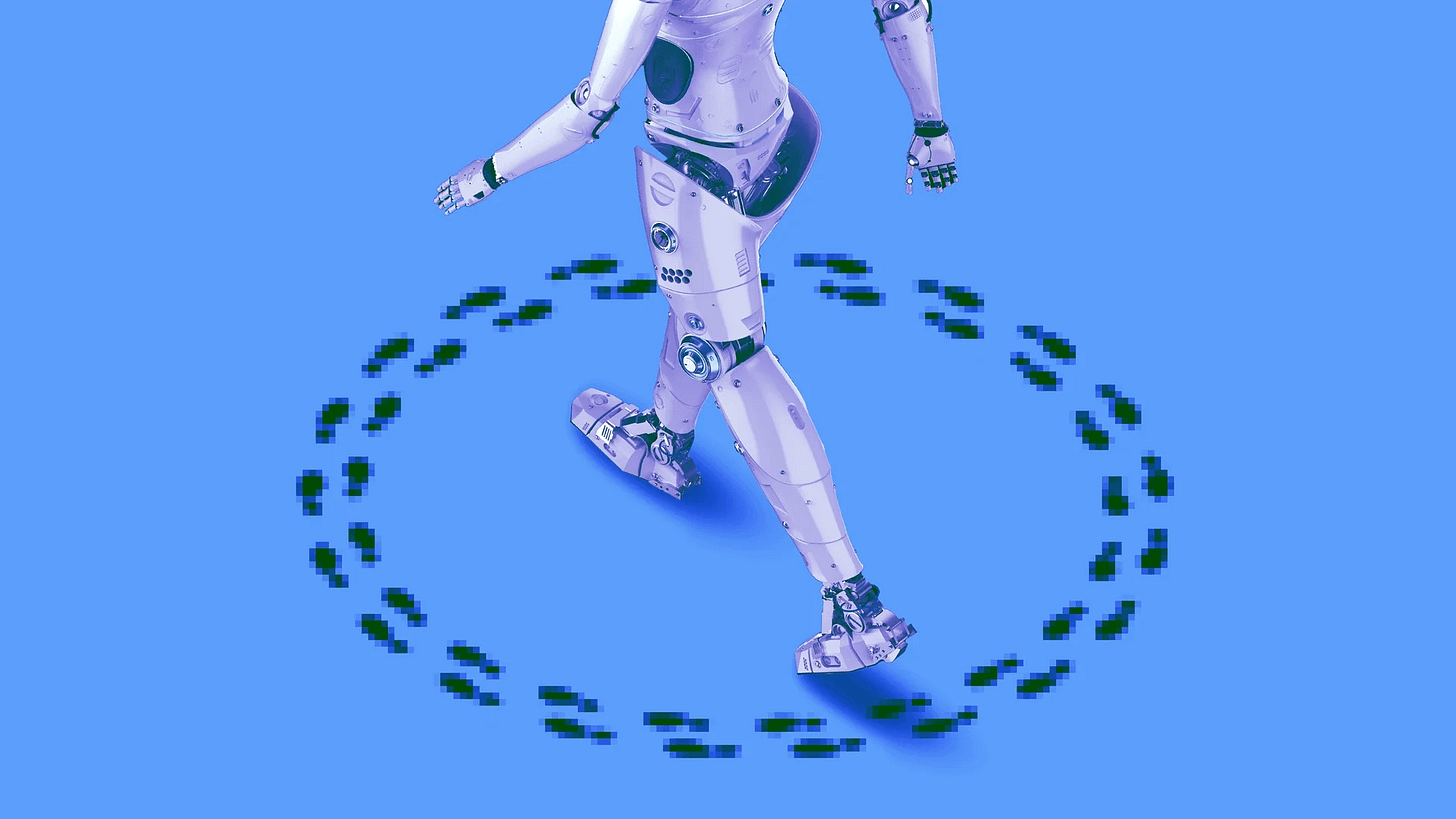AI: Catching Rockets vs Unsupervised self driving cars & robots. RTZ #515
...former 'easier' than the latter
The Bigger Picture, October 20, 2024
The last couple of weeks saw two bravura performances by Elon Musk that I wrote about recently: A very impressive engineering feat of capturing a returning SpaceX rocket within two pincers on the ground, and a ‘Robotaxi and humanoid robot party’ on a Hollywood sound stage. That left more questions than answers on the deliverables being promised by the inimitable Elon Musk.
For the ‘Bigger Picture’ this Sunday, I’d like to explain why the Rocket capture feat was a far more executable technical challenge than Elon’s promises of AI operated, unsupervised self driving cars/cybercabs, and humanoid robots that do our bidding at work and in homes.
First, as a reminder, the context of the two events as I laid them out in that earlier post:
“In the last few days, one founder/CEO showing a glimpse into the future ‘stuck the landing’, while the other one ‘crashed and burned’. The former of course was Mark Zuckerberg with a preview of his $10,000++ AR (artificial reality) glasses, available in ‘a few years’. The latter was Elon Musk, whose ‘Robotaxi Day’ turned ‘Robotaxi Rides night’ and Party, at Tesla’s ‘We, Robot’ event October 10, ended up disappointing media and investors. Even as he urged the attendees to ‘Enjoy the Ride’ in the newly revealed Cybercabs that evening.”
“Ironically, at one of his other companies, SpaceX, Elon literally DID ‘stick the landing’ with a beyond impressive ‘Mechazilla’ landing of his SpaceX Booster rocket, one of the largest flying things invented, automagically landing to be caught between two giant mechanical pincers.“
“The video is worth watching, probably a few times, especially at the 55 second mark. Truly spectacular example of extraordinary engineering, delivering as promised. Kudos to Elon and his SpaceX team indeed.'“
On the surface, the rocket capture feat is the jaw-dropping exercise. To slow down an object about the size of the Statue of Liberty as it rushes back to earth, and maneuver it precisely into two pincer arms of a waiting mechanical gantry. On the surface, that has to be far more difficult than self driving unsupervised cars and robots.
But it isn’t.
Let me explain.
While all of these engineering challenges are complex, there are some key differences that make catching a SpaceX booster with “chopsticks” potentially easier than developing fully autonomous self-driving cars or humanoid household robots:To
To put it simply, the booster catch is a more constrained problem with fewer variables:
• The trajectory and behavior of the booster is highly predictable and controllable
• The environment (launch pad area) is fixed and well-known
• There are no unpredictable obstacles or actors to deal with
• The task is very specific and repeatable
Not that it’s EASY, just that from an engineering perspective, it is far more doable, with far fewer ‘edge cases’ that could go wrong. To be sure, there are immense challenges. There are far more ‘knowns’ to deal with than ‘unknowns’.
These key challenges include:
• Precise control of the massive booster during descent
• Timing and positioning of the catching arms
• Structural engineering to safely catch and support the booster
• Managing the extreme forces involved
However, SpaceX has extensive data from previous launches and landings to refine their approach.
AI powered Self-driving cars (and humanoid robots for that matter), face far more complex and unpredictable environments:
• Must navigate varied and changing road conditions
• Need to interact safely with other vehicles and pedestrians
• Have to interpret and follow traffic laws and signs
• Must handle unexpected obstacles and scenarios
• Require real-time decision making in diverse situations
Key challenges include:
• Sensor fusion and environmental perception
• Handling edge cases and rare events
• Achieving necessary reliability for widespread deployment
• Ethical considerations for decision making
Humanoid Household Robots have similar unpredictable ‘edge cases’, as I’ve written about before. But let me summarize simply here.
Humanoid robots for home use present even greater challenges:
• Must operate in highly unstructured home environments
• Need to manipulate a wide variety of objects safely
• Require advanced locomotion capabilities (e.g. stairs, uneven surfaces)
• Must interact naturally with humans and pets
• Face power and battery life limitations
Key challenges include:
• Developing dexterous and versatile manipulation capabilities
• Achieving human-like locomotion and balance
• Natural language processing and generation
• Long-term autonomy and learning
In summary, while the SpaceX booster catch is an impressive engineering feat, it is a more constrained problem compared to the open-ended challenges of self-driving cars and household robots. The latter two require much more advanced artificial intelligence, perception, and real-world interaction capabilities to handle diverse and unpredictable situations.
It’s one of the reasons I continue to view full self driving cars as the ‘canary in the AI coal mine’. And why at this point in this AI Tech Wave, it’s far easier on a relative basis to catch a rocket wtih ‘chopsticks’ on the ground, than to execute unsupervised self driving cars and robots. That is the Bigger Picture for this Sunday. Stay tuned.
(NOTE: The discussions here are for information purposes only, and not meant as investment advice at any time. Thanks for joining us here)







I think the focus on Musk and Telsa for self-driving cars is taking away from the real leaders. Waymo is already out in the US operating without much issue. China has a fleet of buses running. They are the future, and that future is already here now. https://collegetowns.substack.com/p/parking-where-were-going-we-dont